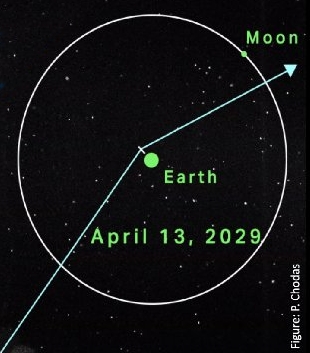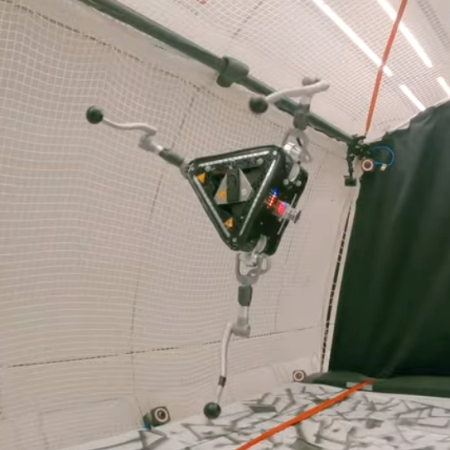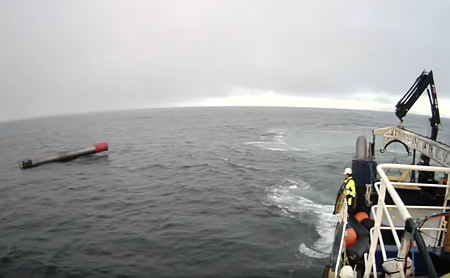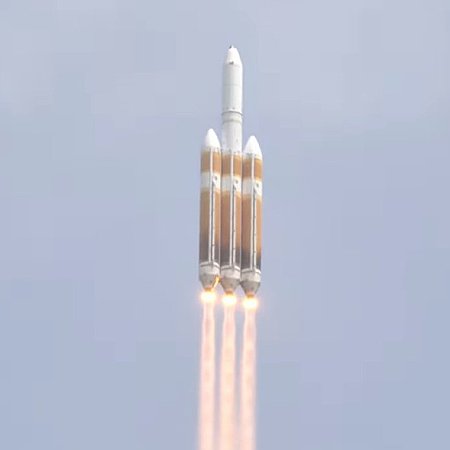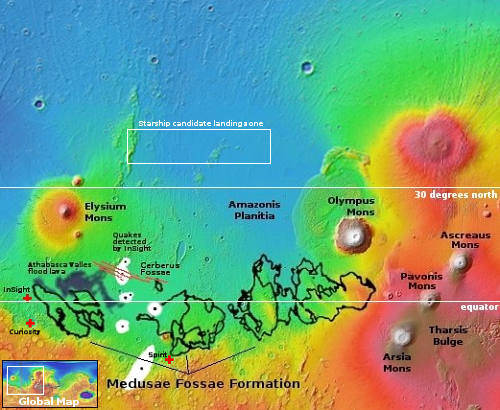France’s space agency puts out calls for rocket companies to lease the French Guiana launchpad formerly used by Russia’s Soyuz rocket
Capitalism in space: France’s space agency CNES has now issued a request for commercial rocket companies to bid on leasing the launchpad formerly used by Russia to launch its Soyuz rocket from French Guiana.
The launchpad became available after the European Space Agency (ESA) broke off its partnerships with Russia in February 2022.
Following the cessation of Soyuz launches, it was agreed that ESA would transfer ownership of the site back to CNES under the provision that it would host two new launch systems. The first will be selected by CNES as part of its recently published call. The second will be selected by ESA as part of the agency’s launcher challenge, which was publically announced in late 2023.
According to the CNES call, prospective candidate vehicles will be required to be capable of deploying payloads of at least 1.5 tonnes into low Earth orbit. Additionally, a maiden flight from the launch site will need to be completed no later than 2027. This will drastically limit the potential bidders.
The article at the link lists three potential bidders, Rocket Factory Augsburg, Maiaspace, and Avio. The first two are rocket startups, having not yet launched a rocket. Avio is the lead contractor for Arianespace’s Vega family of rockets, so it already has experience with an operational rocket, though that rocket is presently grounded due to recent launch failures.
There are a number of other rocket startups in Europe, including PLD in Spain and Hyimpulse and Isar in Germany. The incentive to bid for this launchpad might encourage them to upgrade their rocket to meet the bidding requirements.
Capitalism in space: France’s space agency CNES has now issued a request for commercial rocket companies to bid on leasing the launchpad formerly used by Russia to launch its Soyuz rocket from French Guiana.
The launchpad became available after the European Space Agency (ESA) broke off its partnerships with Russia in February 2022.
Following the cessation of Soyuz launches, it was agreed that ESA would transfer ownership of the site back to CNES under the provision that it would host two new launch systems. The first will be selected by CNES as part of its recently published call. The second will be selected by ESA as part of the agency’s launcher challenge, which was publically announced in late 2023.
According to the CNES call, prospective candidate vehicles will be required to be capable of deploying payloads of at least 1.5 tonnes into low Earth orbit. Additionally, a maiden flight from the launch site will need to be completed no later than 2027. This will drastically limit the potential bidders.
The article at the link lists three potential bidders, Rocket Factory Augsburg, Maiaspace, and Avio. The first two are rocket startups, having not yet launched a rocket. Avio is the lead contractor for Arianespace’s Vega family of rockets, so it already has experience with an operational rocket, though that rocket is presently grounded due to recent launch failures.
There are a number of other rocket startups in Europe, including PLD in Spain and Hyimpulse and Isar in Germany. The incentive to bid for this launchpad might encourage them to upgrade their rocket to meet the bidding requirements.


